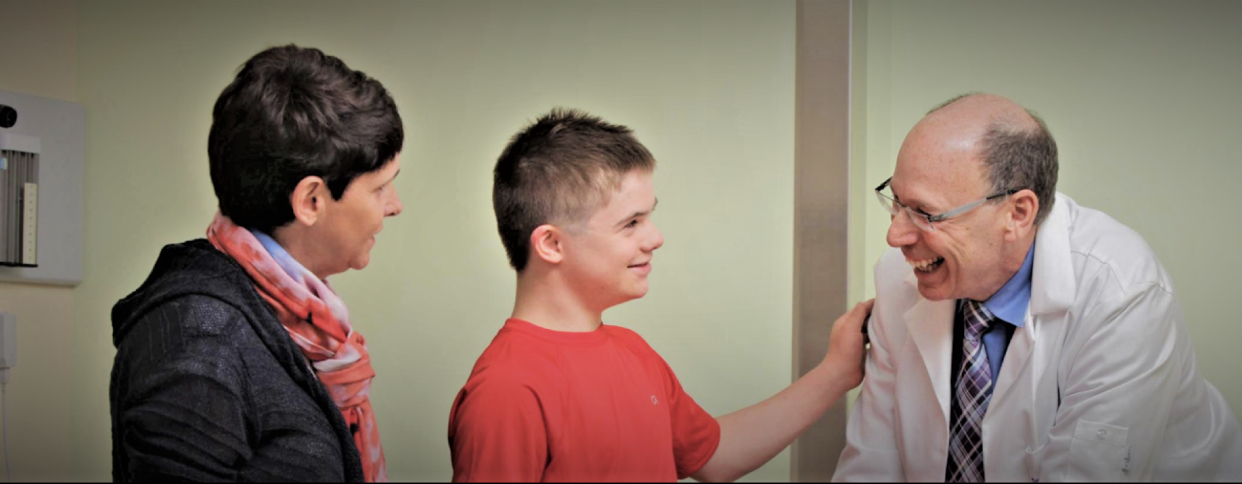About Dr. Joel Lavine
Dr. Joel Lavine, of Columbia University is a tenured professor of pediatrics at the university and also serves as a consultant for an assortment of pharmaceutical companies and works as a medical-legal witness.
Dr. Lavine has spent his career as an academic physician and scientist with an avid interest in basic, translational, and clinical research as well as care, teaching, and program administration. A central point of study in his career is nonalcoholic fatty liver disease, particularly its pediatric implications and treatment.
A focus on biological processes
Throughout his career, Joel Lavine MD has recognized many rare syndromes present in children require additional study to help healthcare professionals better understand the basic biological processes at work. Through a greater understanding of contributing factors and treatment pathways, patient outcomes can be improved.
Via a multidisciplinary approach, Dr. Lavine’s research has utilized basic science along with pediatrics, internal medicine, pathology, and radiology to identify the more challenging clinical problems presented alongside metabolic issues associated with childhood and adult obesity.
About nonalcoholic fatty liver disease
According to Lavine, it is estimated that approximately 25% of Americans over the age of 18 have nonalcoholic fatty liver disease, also known as NALFD. It is now the most common chronic liver disease experienced by both adults and children.
Within the 25%, a portion have more extreme conditions with inflammation of the liver, scarring, and cellular injury. At this elevated level, NAFLD is referred to as nonalcoholic steatohepatitis, now a major cause of cirrhosis of the liver, liver cancer, and liver transplants.
NAFLD and obesity
Among adults with NAFLD, 15% have nonalcoholic steatohepatitis or NASH, and this increase parallels a national increase in obesity rates over the past 30 years. For children, NAFLD is the most common cause of fatty liver disease, and this statistic holds true for the entire Hispanic population. Older children and boys are more likely to be impacted by nonalcoholic fatty liver disease than their younger counterparts or girls.
NAFLD is passed down through families, so a mother and father with the disorder are more likely to have children who experience the disease. Specific genetic information is also associated with a greater likelihood of a more severe variation. Greater fat accumulation, cell injury, and inflammation during childhood are also associated with certain genetic material.
For children with pediatric liver disease, there is a predisposition to a variety of metabolic syndromes, such as diabetes, hypertension, and elevated cholesterol in the blood. When the disease progresses two-year assessment period, the impacted individual is likely to experience increased resistance to insulin and other declines, making successful treatment key for preventing other issues from developing later in life.
How is NAFLD treated?
Dr. Joel Lavine stays at the forefront of NAFLD research and has been involved with multiple clinical studies evaluating ways to reduce the severity of both nonalcoholic fatty liver disease and its more severe counterpart, NASH.
Examination of Vitamin E
A pilot study conducted by Lavine focused on the use of Vitamin E for childhood NASH led to a larger trial comparing Vitamin E with both placebos and drugs designed to lower blood sugar. A National Institute of Health study used these results to assess the validity of using Vitamin E in a fully-funded trial across multiple centers.
Through these tests, it was determined that diet modification and lifestyle changes coupled with Vitamin E intake are the preferred course for reversing Nash and associated cellular injury.
Additional studies by Joel Lavine MD
Despite the progress of the Vitamin E clinical trial, Lavine advises a lack of response has limited the ability for further trials to test additional treatments and, potentially, establish an even more effective treatment protocol capable of addressing other diseases a patient may be combating at the same time.
Subsequent pilot studies tackled by Lavine have examined specific drugs as potential treatments for pediatric NAFLD. Lavine has also helped examine NASH pathology and made key discoveries related to the presence of specific hormones and how they relate to the severity of nonalcoholic steatohepatitis.
Future endeavors
Due to his dedication to NAFLD research and the development of treatment protocols, Dr. Lavine was asked to participate in the inaugural NASH Practice Guidelines Committee. Serving as the only pediatrician, Lavine provided a comprehensive evaluation of recommendations in the guidelines document distributed in major medical journals.
After moving to Columbia University, he continued to develop new initiatives for pediatric diagnosis and treatment, including the opening of a new gastrointestinal motility program, a new program in transitional care for adolescents with chronic digestive diseases to progress to care with adult providers and to initiate clinical care research studies using a centralized research core to facilitate industry clinical trials using experienced staff and facilities.
This is a Contributor Post. Opinions expressed here are opinions of the Contributor. Influencive does not endorse or review brands mentioned; does not and cannot investigate relationships with brands, products, and people mentioned and is up to the Contributor to disclose. Contributors, amongst other accounts and articles may be professional fee-based.

